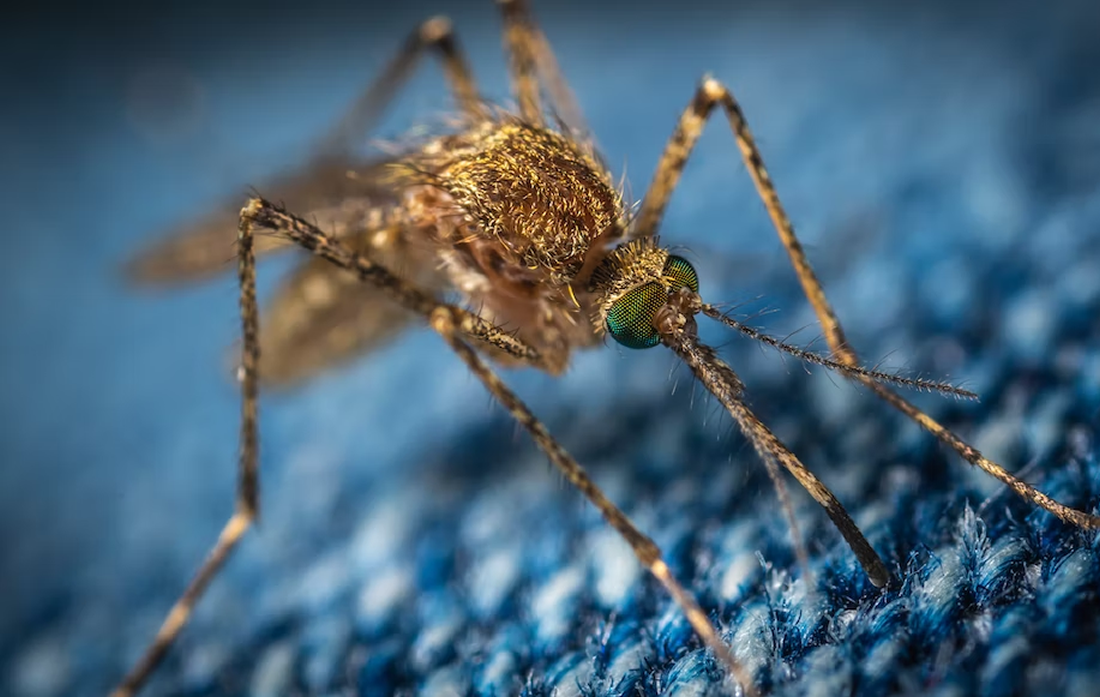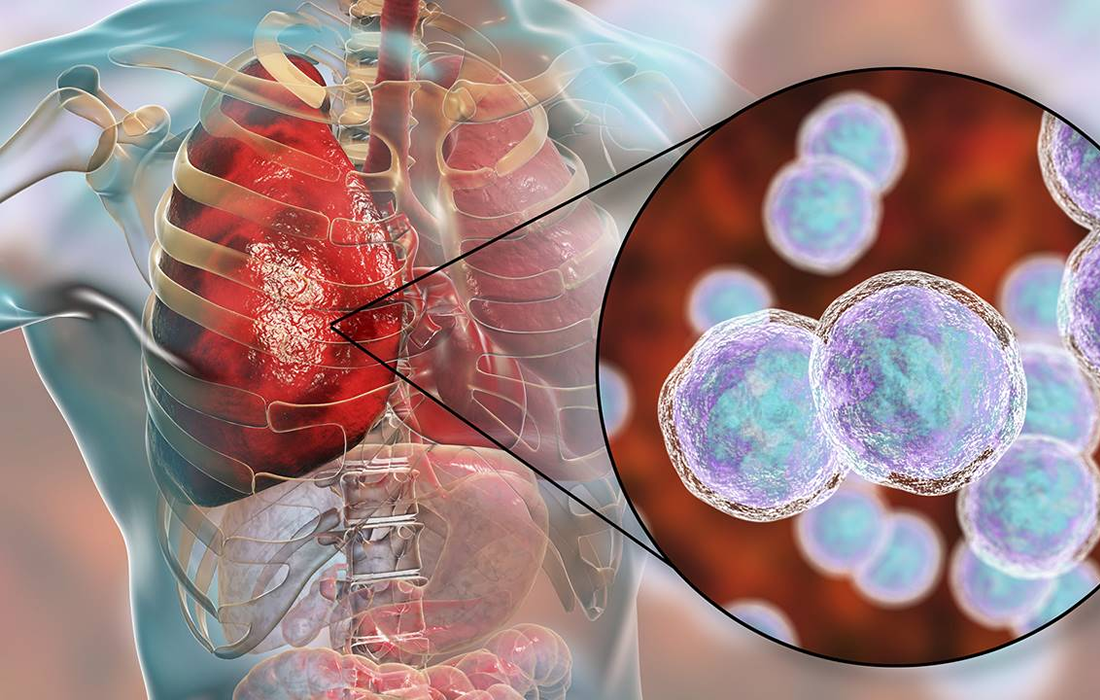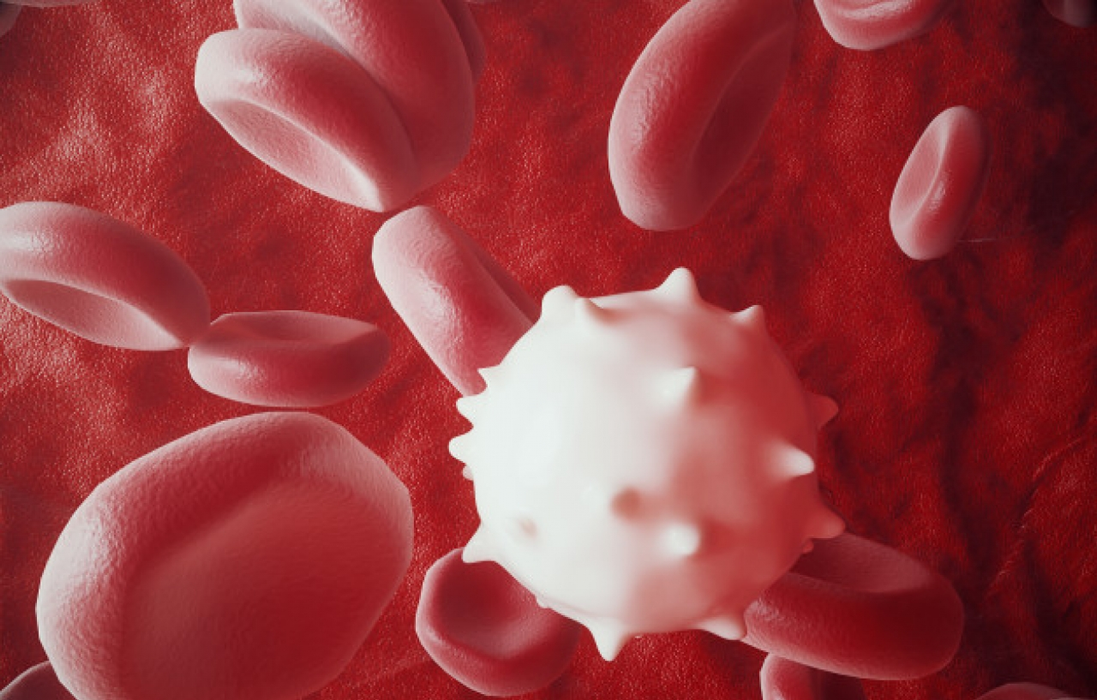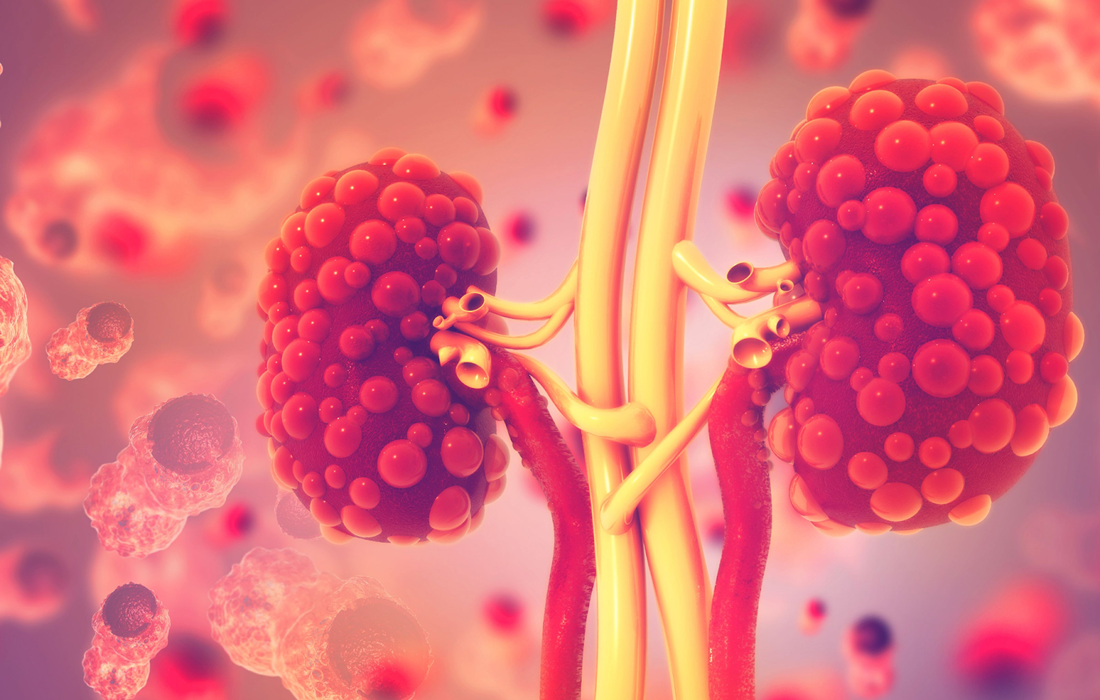The outbreak of Zika virus (ZIKV) in 2015 to 2016 attracted global attention due to the dire teratogenic effects caused by this mosquito-borne RNA virus, including microcephaly and fetal mortality in infants born to infected mothers . As such, intense research efforts to develop effective therapies and prophylactic measures have pressed on, although to little […]
Category Archives: Regenerative Medicine News and General Information
The reproductive years of a woman’s life are regulated by production of the hormones estrogen and progesterone by the ovaries. Estrogen regulates a woman’s monthly menstrual cycle and secondary sexual characteristics. In addition, it prepares the body for fertilization and reproduction. Progesterone concentrations rise in a cyclical fashion to prepare the uterus for possible pregnancy […]
Community-acquired pneumonia (CAP) is one of the most common infectious diseases addressed by clinicians and is an important cause of mortality and morbidity worldwide. Typical bacterial pathogens that cause CAP include S pneumoniae, H influenzae, and M catarrhalis. Numerous other organisms can cause CAP in the appropriate clinical setting. Furthermore, the so-called “atypical CAP” pathogens […]
Metabolic syndrome has been a worldwide problem for years, it is a multisystemic disease that includes high weight, high blood pressure, high fasting glucose, and is related with an insulin resistance and high risk to develop other conditions like Cardiovascular Disease. One of the possible causes of Dementia, mainly in the 70 year old population, […]
Myasthenia gravis (MG) is a relatively rare autoimmune disorder in which antibodies form against nicotinic acetylcholine (ACh) postsynaptic receptors at the neuromuscular junction (NMJ) of the skeletal muscles, causing muscle weakness and rapid muscle fatigue. It is a type-II hypersensitivity immune response. The basic pathology is a reduction in the number of ACh receptors (AChRs) […]
Chronic granulomatous disease (CGD) is by mutations in genes coding for subunits or regulatory proteins of the NADPH oxidase complex, that is, X-linked mutations in CYBB or autosomal recessive mutations in CYBA, NCF1, NCF2, and CYBC1, that cause absent or severely reduced production of superoxide in all phagocytes , so they are unable to kill […]
Polycystic kidney disease is an inherited disease that involves bilateral renal cysts. The condition is broadly divided into 2 forms: autosomal dominant polycystic kidney disease (ADPKD) and autosomal recessive polycystic kidney disease (ARPKD). ADPKD is one of the most common inherited disorders in humans and the most frequent genetic cause of kidney failure in adults, […]
Asthma is a common chronic disease worldwide and affects approximately 26 million persons in the United States. It is the most common chronic disease in childhood, affecting an estimated 7 million children, and it is a common cause of hospitalization for children in the United States. The pathophysiology of asthma is complex and involves airway […]
High blood pressure, or hypertension, is the most common primary diagnosis in the United States, and it is one of the most common worldwide diseases afflicting humans and is a major risk factor for stroke, myocardial infarction, vascular disease, and chronic kidney disease. Despite extensive research over the past several decades, the etiology of most […]
The extraembryonic mesoderm (EXM) is an important tissue with essential roles in development. EXM is implicated in primitive erythropoiesis and extracellular matrix formation; becomes an integral part of the amnion, yolk sac, allantois, and chorion; and forms the primitive umbilical cord. When all goes well, a human embryo implants in the womb about seven days […]










